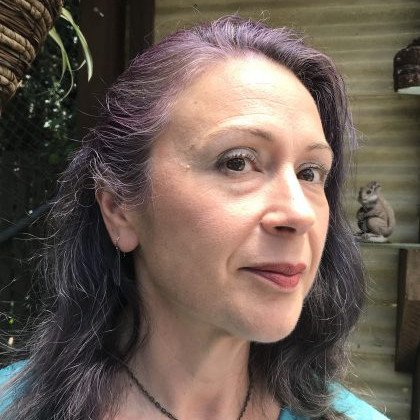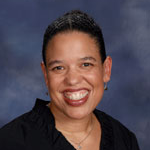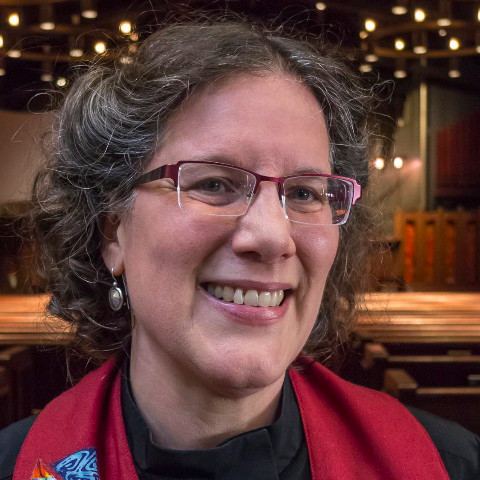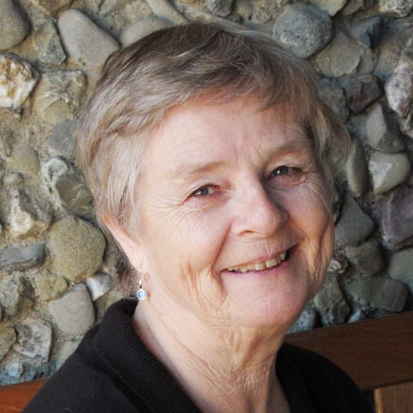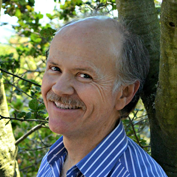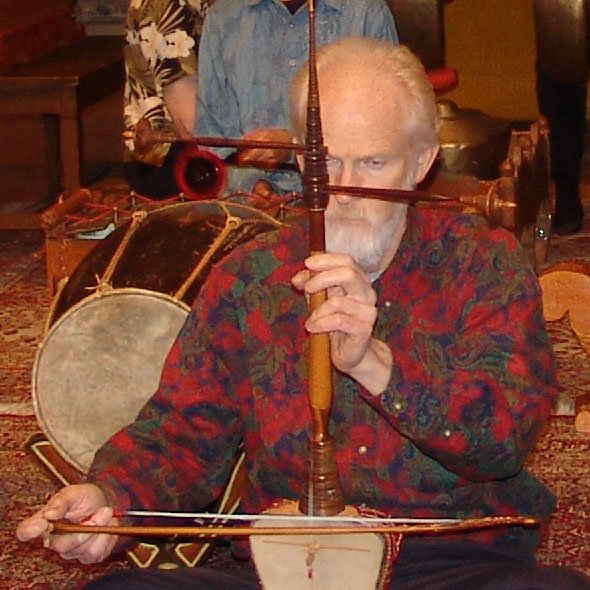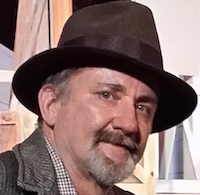{podcast_episode 194}
‘…That monstrous universal sense of having no place wherein we fit.’ How powerful is such a place? How powerful is that yearning for attention, acceptance, affirmation, affection… love? Powerful enough it would convinced Matthew Sheppard to take the risks he took when he went with the men who killed him.
He didn’t have to, you know. He could have ignored the alarms going off inside him. He could have learned to live the daily grind of ignoring his own need for acceptance and affection. He could have hid his feelings. Remained aloof. Avoided the desire for connection… trust… understanding… community. And like many of us who turn that into a lifetime campaign, he could have earned the coveted badge of ‘rugged individualist.’
I began earning my badge very young. I grew up in an ethnically diverse neighborhood in East Los Angeles where no one had to point out the hesitation, tension and dis-ease that was felt in the neighborhood… you just had to observe the look in people’s eyes as they watched each other approaching.
To get away, my family and I went to DeBenneville Pines, the UU conference center in the Southern California Mountains. We started going a few years after the original lodge burned down. The community gathered in the clearing that remained where we ate, sang and did programs. One day when I was six, as part of a worship service a bell was rung and the question was raised of what it would take to build, as Dr. King had been referring to it, ‘the beloved community.’ We were asked to go out and collect stones – the biggest we could find – and think about how we might use them.
Now, let me give you a tip: if you want to make a worship service exciting for a six year old boy, ask him to go out and collect stones. The bigger the better.
I ran – full speed – and was nearly out of sight before anyone else had even stood up. And I began collecting a whole pile of stones. I formed my pile away from the rest of the group – wanting to distinguish myself. My unconscious instinct was for self preservation which you could tell because I started piling up my stones into a small fort. But, since my instincts for protection were more developed than my instincts for structural design, it was not a very good fort. It must have been clear to everyone else there that it was far more likely to cave in and crush me than protect me. But I didn’t notice that. What I noticed when I looked over the rim of my fort was something else: everyone else had taken their rocks into the clearing and spread them out next to one another. “That’s a pretty stupid looking fort,” I thought at first. But that’s when the bells started to go off in my head: maybe building a fortress wasn’t the plan.
Going the hard way alone. Struggling to protect ourselves. Defiantly establishing outposts. Our culture has rewarded this image with a sense of valor and heroism. We have produced idols like James Dean, Jack Keroac, Clint Eastwood, Arnold Schwartznegger. But as psychiatrist and author M. Scott Peck points out to us there is also a problem with this.
[It is impossible to] be totally adequate, self-sufficient, independent beings. [Yet] the ideal of rugged individualism encourages us to fake it. It encourages us to hide our weaknesses and failures. It teaches us to be utterly ashamed of our limitations. It drives us to attempt to be superwomen and supermen not only in the eyes of others but also our own. It pushes us day in and day out to look as if we ‘had it all together,’ as if we were without needs and in total control of all our circumstances [which we know is impossible]. It also isolates us from each other [even in our moments of greatest need]. And it makes genuine community impossible.
Going it alone carries a price: never having the chance to share what we know to be the true parts of ourselves. The tender parts. We push uncertainties, fears and dreams down – so deep we stop paying attention to them. Indeed, we stop feeling them at all and stop needing anything from anyone. It’s at this point that relationship becomes almost impossible. For love is based on mutuality. On give and take. Rugged individualists know little about this. They make for poor partners. They build poor community. And if we are fortunate in life, we will come across those people who care enough about us to keep us from going this route.
I wasn’t the only one to realize that my rugged individualism – like my fort – was threatening to collapse in upon me. My mother walked over to where I had piled my stones and said it was time to join the others. “How humiliating!!” I thought to myself as she took my hand. But when we got to where the others were standing I saw why she had come to get me.
There, coming up the road by the clearing, were big trucks and cement mixers. I noticed work crews and scaffolding. There was framing and pouring of concrete. It dawned on me: we weren’t building a fort. We were building a home. We were building what was to become the central lodge for the property. A place I would later call home during my teenage years. A place that I am quite certain saved my life.
The stones that were gathered were for building the hearth around the fireplace. Every stone was to be included. When I realized this, I instinctively ran back to my fort and grabbed the biggest stone I could drag across the compound to make sure it was included. But I knew, even then, what I really wanted was to make sure that I was included. That I was part of the community – a place that would know me, care for me – a place wherein I fit.
There is a need for such places in our world. In the words of theologian Carter Hayward,
Love [is not mushy. It is] concrete… Love is active… a matter of making reciprocal and mutually beneficial relations with one’s friends and enemies. Love [is hard]. Righteousness and justice are built from it… As advocates and activists for justice know, loving involves heavy lifting, resistance, risk… Making justice is not a warm, fuzzy experience…. Because loving involves commitment. Love is not a choice. It is… a willingness to be present with others without pretense or guile. Love is a conversion to humanity – a willingness to participate with others in the [rebuilding] of a broken world and [the restoration of] broken lives.
This is what we are called to do when we hear bells going off. Come together. Intentionally. Repeatedly. It’s what Kay’s inviting us to do with our Chalice Circle program. A chance to get together with other people who want real connection. Who are ready to unlearn all the habits of stoicism our culture heaps on us. And to experience the joy of listening to others – and being listened to… of knowing others and being known… of accepting others and being accepted.
After a lifetime of rugged individualism, do you think it’s too late for you?
There’s a story by writer Anne Lamott about her older brother who, at the age of ten, was trying to get a report written on birds that he’d had three months to write. It was due the next day. They were out at their family cabin in Bolinas, California and he was at the kitchen table close to tears, surrounded by binder paper and pencils and unopened books on birds, immobilized by the hugeness of the task ahead. Sensing the boy’s despair, his father sat down beside him, and pulling the boy into his chest, he told him, “Bird by bird, buddy. Just take it bird by bird.”
That’s how you build the Beloved Community… bird by bird.
When we learn to open our minds… Open our hearts… open our doors… people will swarm here. I guarantee you that if the people of Contra Costa Country really BELIEVED that they would find LOVE here, they would be beating down our doors. And if we let that happen, do you know what we’d find?
Through these doors we’d watch them all fly in: some odd birds, some love birds, some goony birds, some doves of peace. Some wild birds, some tame ones, some preening peacocks, some tough old hens, some soaring eagles, some chickens, some wise old owls, some spry sparrows and, yes, some turkeys. But everyone of them – like everyone of you – will come here looking for a place in the flock where they see themselves as birds of a feather. Where no one rules the roost but all are willing to feather the nest. Where there is room for one more bird on the branch, one more stone in the hearth, one more hand reaching out – and one more reminder that there is a place wherein we fit.
Nearly twenty years ago, the UU Fellowship of Laramie found themselves to be such a place. Deeply involved in Wyoming’s attempt to come to grips with Matthew Sheppard’s death. The congregation marched in the University’s homecoming parade where a contingent of 30 members swelled to nearly 500 as bystanders joined them in solidarity. A letter from the congregation appeared in the Laramie Daily Boomerang expressing sympathy for friends and family and letting gays and lesbians know that the fellowship was, and always would be, “an open and caring Sanctuary.” While Matthew Sheppard lay in a coma, 150 people attended a vigil at the fellowship, held at the request of Sheppard’s friends. The next morning, Sheppard died.
My UU Youth advisor, Rob Eller-Isaacs, now minister of Unity Temple in Minneapolis, tells a similar story of how he faced the need for community after hearing of the shooting death of Dr. Martin Luther King, Jr. He was fifteen and living in Chicago when news came over the radio. Robbie had always been moved by the message of Dr. King, believing that, together, people could overcome the differences which divided them and cultivate a love that might unite them. News of Dr. King’s death was shattering. The need to hide was overwhelming. But Rob moved in a different direction. Together, with a friend, they ran down the streets of Chicago. Feeling there was only one place they could turn with grief this powerful, they pushed through the heavy wooden doors of the Unitarian Church, ran through the empty sanctuary, up a small flight of stairs to the bottom of the bell tower. There, a rope hung down. Reacting on instinct, Rob grabbed the rope and began to pull.
Now, there are two ways you can ring a bell. The first is to pull and let go which causes the bell to peel. Da-dong, da-dong, da-dong. This is a happy sound. A Sunday morning sound.
The other way is to pull and hang on to the rope so that the bell only rings once. Dong, dong, dong. This is to toll the bell. In tolling the bell, the rope jerks back up with great momentum and forces you to use your body to hold it down to keep it from peeling. Tolling bells are often a communal signal of distress. That’s how Rob and his friend felt. That’s what they did. For ten minutes they took turns tolling the bell. When one was tired, the other took over, until they both were exhausted. Then they sat there, in their grief and their silence.
Rob said he didn’t know why he ran to the church, just that it was the only place big enough and safe enough to trust with his pain. He didn’t know why he chose to ring the bell. Just that it was the only way he could scream loud enough at a sometimes senseless and frightening world.
To me, having community means having somewhere to turn when the brokenness of the world and the brokenness within me are so visible that we cannot hide or deny either one. It means knowing relationships are possible even when my greatest wounds are revealed and knowing those around me won’t lash out, or turn away in horror. It means knowing that when my reserves are low, someone will make the journey in the dead of night to replenish my soul. And it means knowing I would do the same for them.
After fifteen minutes of sitting in the bell tower, the two boys got up. Not knowing where to go next, what to do now, or how to face the unthinkable, they walked down the steps leading back into the sanctuary. There – there they saw with their eyes what their minds could not believe. A room filled with people. Not a few people looking sheepish and confused, but a room full from end to end. People in grief, people in need, people standing hand in hand. People who heard the same news, who felt the same way, recognized the same bell and knew the only place they could turn was the same place – a place where they could bring their own brokenness to stand amidst the brokenness around them. Some were members. Others just knew it was a place they could go. A place they could be safe. A place wherein they fit.
“And it is here that my temple shall be built. For this is a holy place… a place where God is made known… a place where human beings discover each other in love.”
Such places aren’t found… they are built. Bird by bird. Stone by stone. They’re built with time and intentionality. You want such a place? Join a chalice circle and you’ll build such a place. You want meaning? Safety? Trust? To know people are committed to your well being? Join a chalice circle and listen your way into real community.
What might it look like if you do? Let our imaginations be stretched by the words of Marilyn Sewell, former minister at the First Unitarian Universalist Church of Portland.
It will be a place of quiet and rest. It will be a place of learning and celebration. It will be a place where our stories can be told, without fear. It will be a place where the wealthy and the needy, gay and straight, black and white, Christian and Jew and Humanist sit side by side and learn how much we all have in common and how much we all need one another. We will not talk much of individual salvation, of being saved, for we will understand that such talk is a luxury when lives are being lost every day. Our hands will extend in love well beyond ourselves, and it is there, in that reaching out, that we will find [that place wherein we fit]. For this is a community, you see, for life. This is a community.
For the Glory of Life.


